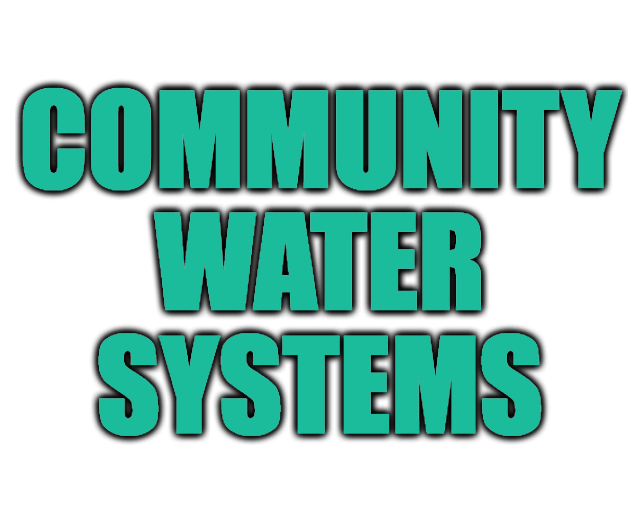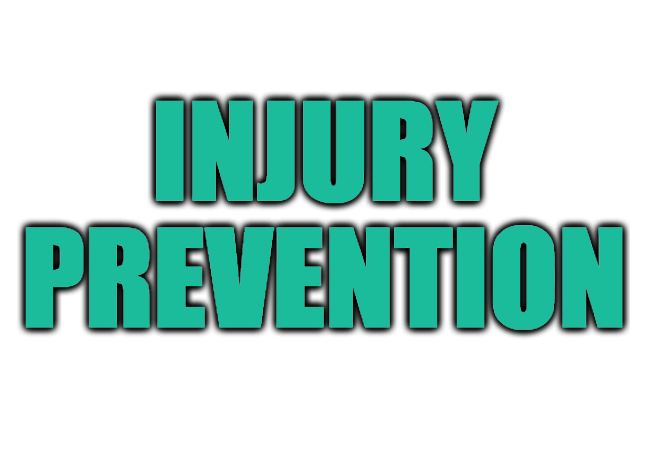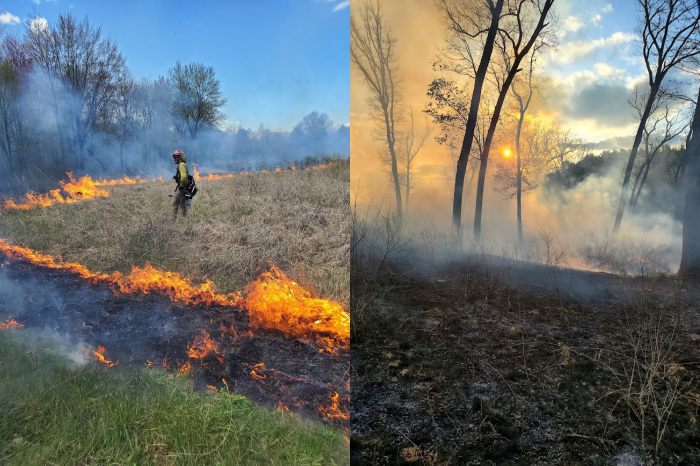Environmental Health
Frequently Requested Services
Car Seat Request
Mold Inspection
Radon Inspection
Water and Sewer Emergencies
Water Testing
New Well/Septic Construction
Report Environmental Hazard
Programs










About
Overall Goal: The goal of the Division of Environmental Health (DEH) is to identify and alleviate any environmental hazards that may harm the health of the Ho-Chunk Tribal Members. The Ho-Chunk Nation Division of Environmental Health is a comprehensive program which works to identify environmental hazards which affect the health of tribal members and the general public served by Ho-Chunk Nation Enterprises. Programs and initiatives are directed toward assessing environmental conditions, remediating existing hazards, and preventing environmental problems.
Key Tasks: The following environmental areas are addressed by the program: Water Quality, Solid Waste Management, Wastewater Management, Food Sanitation, Vector Control, Air Pollution, Institutional Environmental Health, Code Compliance in Facilities, Community Injury Prevention, Underground Storage Tanks, Environmental Assessment, Emergency Preparedness, Surface Water Monitoring, Wetlands Delineation, and Construction Projects.





































 Before and After: Invasive Autumn Olive being treated by mowing and prescribed fire at the Sacred Earth parcel in Sauk County.
Before and After: Invasive Autumn Olive being treated by mowing and prescribed fire at the Sacred Earth parcel in Sauk County.
 INFRASTRUCTURE STATISTICS – COMPARABLE
INFRASTRUCTURE STATISTICS – COMPARABLE

